By: Kavita Dehalwar
Bhopal, the capital city of Madhya Pradesh in central India, is a vibrant and bustling metropolis that boasts a rich cultural heritage. However, amidst the glitz and glamour, there exists a stark contrast in the form of slums that house a significant portion of the city’s population. The poor living conditions in these slums paint a grim picture of inequality and social disparity. In this article, we delve into the challenges faced by the residents of Bhopal’s slums and shed light on the urgent need for intervention.
Overcrowding and Limited Space:
One of the most pressing issues in Bhopal’s slums is the severe overcrowding that residents have to contend with daily. The limited availability of space forces families to live in cramped conditions, often with insufficient ventilation and sanitation facilities. This not only jeopardizes the health of the residents but also contributes to the rapid spread of diseases.
The issue of overcrowding in Bhopal’s slums is a pervasive challenge that significantly impacts the daily lives and well-being of residents. The limited availability of space creates an environment where families are compelled to live in close quarters, leading to a myriad of issues.
Cramped Living Conditions:
In many slum areas, families reside in small, makeshift shelters constructed from a variety of materials, often salvaged or recycled. The lack of space results in cramped living conditions where multiple family members share confined quarters. The absence of separate rooms or designated living spaces means that privacy is a luxury, and individuals often struggle to find personal space within the confines of their homes.
Insufficient Ventilation:
The cramped living conditions are exacerbated by inadequate ventilation, as many of the structures lack proper windows or ventilation systems. Poor air circulation not only contributes to the discomfort of residents but also poses serious health risks. Stagnant air can trap pollutants and exacerbate respiratory issues, leading to a higher prevalence of respiratory diseases among slum dwellers.
Sanitation Challenges:
Overcrowded living conditions also give rise to significant sanitation challenges. With a limited number of communal facilities, such as shared toilets and bathing areas, maintaining personal hygiene becomes a considerable struggle. The lack of private sanitation facilities not only compromises the dignity of residents but also increases the risk of the spread of infectious diseases.
Health Implications:
The overcrowded living conditions in Bhopal’s slums create an environment conducive to the rapid spread of diseases. Communicable diseases thrive in crowded spaces where individuals have limited access to healthcare and sanitation. Respiratory infections, waterborne diseases, and vector-borne illnesses become more prevalent, posing a constant threat to the health and well-being of the community.
Social and Psychological Impact:
Beyond the physical health implications, overcrowding in slums also takes a toll on the mental and emotional well-being of residents. The stress of living in crowded conditions, coupled with the lack of personal space, can contribute to increased tension within families and communities. Additionally, the challenging living conditions may hinder the development of children, affecting their cognitive and emotional growth.
Addressing the Challenge:
To address the issue of overcrowding in Bhopal’s slums, there is a pressing need for comprehensive urban planning and development initiatives. Efforts should focus on creating affordable housing solutions, improving infrastructure, and ensuring access to basic amenities. By providing adequate living space, promoting proper ventilation, and enhancing sanitation facilities, it is possible to mitigate the adverse effects of overcrowding and uplift the quality of life for slum residents. Additionally, community engagement and empowerment play a crucial role in the sustainable development of these areas, fostering a sense of ownership and resilience among the residents. Through collaborative efforts, it is possible to transform the living conditions in Bhopal’s slums and pave the way for a healthier, more equitable future.
Inadequate Sanitation Facilities:
Sanitation facilities in Bhopal’s slums are far from adequate, creating a breeding ground for health hazards. The absence of proper sewage systems and waste management leads to the accumulation of garbage and stagnant water, facilitating the spread of waterborne diseases. Lack of access to clean water exacerbates the problem, leaving residents vulnerable to infections and illnesses.
The inadequate sanitation facilities in the slums of Bhopal present a critical challenge to the health and well-being of its residents. The absence of proper infrastructure for sewage systems and waste management contributes to a host of problems, creating an environment conducive to the spread of diseases.
Lack of Proper Sewage Systems:
One of the primary issues in Bhopal’s slums is the absence of adequate sewage systems. Many residents do not have access to proper toilet facilities, forcing them to rely on shared or communal toilets that are often unhygienic and poorly maintained. The lack of a comprehensive sewage system means that waste disposal becomes a significant challenge, with untreated sewage posing a threat to both the environment and public health.
Accumulation of Garbage:
In the absence of efficient waste management systems, garbage accumulates in and around the slum areas. Piles of waste become breeding grounds for pests and disease vectors, increasing the risk of the spread of infectious diseases. The lack of proper waste disposal mechanisms not only affects the immediate living conditions of the residents but also contributes to broader environmental degradation.
Stagnant Water and Waterborne Diseases:
The inadequate drainage systems in Bhopal’s slums often result in the accumulation of stagnant water, particularly during the monsoon season. Stagnant water becomes a breeding ground for mosquitoes that carry diseases such as dengue and malaria. Waterborne diseases, including cholera and dysentery, are prevalent due to the lack of access to clean water and the contamination of existing water sources with untreated sewage.
Vulnerability to Infections and Illnesses:
The combination of insufficient sanitation facilities, inadequate waste management, and the absence of clean water access creates a perfect storm for the vulnerability of slum residents to infections and illnesses. Preventable diseases thrive in such environments, affecting the overall health of the community and placing an additional burden on already strained healthcare systems.
Addressing Sanitation Challenges:
Improving sanitation facilities in Bhopal’s slums requires a concerted effort from both governmental and non-governmental organizations. Comprehensive urban planning initiatives should prioritize the installation of proper sewage systems, waste management infrastructure, and the construction of clean and accessible communal toilets. Public awareness campaigns about the importance of hygiene and sanitation practices are also essential to promote behavioral change within the community.
Access to Clean Water:
Ensuring access to clean water is paramount in addressing the sanitation crisis. Initiatives to provide reliable and safe water sources, along with community education on water conservation and purification methods, can significantly improve the overall health of slum residents. Collaboration between local authorities, NGOs, and community leaders is crucial to implementing sustainable solutions that address the root causes of inadequate sanitation facilities.
In conclusion, the inadequate sanitation facilities in Bhopal’s slums are a pressing issue that demands immediate attention and comprehensive solutions. By addressing these challenges, we can create healthier and more sustainable living conditions for slum residents, fostering a positive impact on their overall well-being and breaking the cycle of poverty and disease.
Substandard Housing Conditions:
The quality of housing in Bhopal’s slums is a major concern. Many residents live in makeshift structures constructed from salvaged materials, offering little protection from the elements. Flimsy walls and leaky roofs make these homes susceptible to damage during inclement weather, further compromising the safety and well-being of the inhabitants.
The substandard housing conditions prevalent in the slums of Bhopal underscore a critical aspect of the broader issue of poverty and inequality in the city. Residents of these areas often grapple with makeshift dwellings constructed from salvaged materials, resulting in homes that provide minimal protection from the elements and pose significant risks to the safety and well-being of inhabitants.
Makeshift Structures:
A predominant feature of Bhopal’s slums is the prevalence of makeshift structures. Residents, often facing economic constraints, resort to constructing homes using salvaged materials such as corrugated metal, tarpaulin, and cardboard. These structures lack the durability and structural integrity required to withstand the challenges posed by weather conditions, leaving residents vulnerable to various environmental hazards.
Limited Protection from the Elements:
The flimsy nature of these makeshift dwellings offers limited protection from the elements. During the scorching summer months, residents endure extreme heat, with inadequate insulation aggravating the already challenging living conditions. Similarly, during the monsoon season, leaky roofs and compromised structural integrity expose inhabitants to rainwater infiltration, contributing to the risk of waterborne diseases and compromising the structural stability of the dwellings.
Vulnerability to Weather-Related Risks:
Inclement weather, including heavy rains, strong winds, and extreme temperatures, poses a significant threat to the safety of residents living in substandard housing conditions. Structural damage and collapse are not uncommon, leading to injuries and, in severe cases, loss of life. The lack of proper foundations and building materials exacerbates the susceptibility of these dwellings to weather-related risks.
Health Implications:
Beyond the immediate structural risks, substandard housing conditions have profound implications for the health of residents. Inadequate shelter contributes to a higher likelihood of respiratory problems due to exposure to the elements. Mold growth resulting from leaks and dampness further exacerbates health issues, especially among children and the elderly. The compromised living conditions also increase the risk of injuries and infections.
Addressing the Housing Crisis:
Addressing the substandard housing conditions in Bhopal’s slums requires a multifaceted approach that combines immediate interventions with long-term solutions. Initiatives should include:
- Affordable Housing Programs: Implementing affordable housing programs that prioritize the needs of slum residents, providing safe and secure living spaces that meet basic standards.
- Urban Redevelopment: Undertaking comprehensive urban redevelopment projects to improve infrastructure, housing quality, and overall living conditions in slum areas.
- Community Engagement: Involving residents in the decision-making process and seeking their input on housing solutions to ensure that interventions are culturally sensitive and align with the community’s needs.
- Access to Basic Services: Ensuring that slum areas have access to basic services such as water, sanitation, and electricity, which are integral components of improved living conditions.
- Government and NGO Collaboration: Facilitating collaboration between governmental bodies, non-governmental organizations (NGOs), and community-based organizations to pool resources and expertise for effective housing solutions.
By prioritizing the improvement of housing conditions in Bhopal’s slums, stakeholders can contribute to the creation of safer, healthier, and more dignified living environments for residents, ultimately breaking the cycle of poverty and fostering sustainable urban development.
Limited Educational Opportunities:
The cycle of poverty is perpetuated by the limited educational opportunities available to children in slum areas. Lack of access to quality education leaves these youngsters with few prospects for the future, trapping them in a cycle of poverty that is hard to break. Addressing educational disparities is crucial for breaking this cycle and uplifting the community as a whole.
Healthcare Disparities:
Access to healthcare in slum areas is often limited, and residents face significant barriers to receiving timely and adequate medical attention. The prevalence of unhygienic living conditions contributes to the spread of diseases, and the lack of healthcare infrastructure exacerbates the situation. Efforts to improve healthcare accessibility and awareness are critical to enhancing the well-being of slum dwellers.
Community Empowerment and Urban Planning:
Addressing the poor living conditions in Bhopal’s slums requires a multi-faceted approach that combines community empowerment with effective urban planning. Involving the residents in decision-making processes, providing skill development opportunities, and implementing sustainable urban development projects can contribute to positive change.
Conclusion:
The poor living conditions in the slums of Bhopal are a stark reminder of the social and economic disparities that persist in our society. Efforts to improve sanitation, housing, education, and healthcare are imperative to uplift the lives of slum dwellers and provide them with a chance for a better future. By addressing these challenges collectively, we can work towards building a more inclusive and equitable society in Bhopal and beyond.
References
Choudhary AK, Choudhary A, Tiwari SC, Dwivedi R. Factors associated with low birth weight among newborns in an urban slum community in Bhopal. Indian journal of public health. 2013 Jan 1;57(1):20-3.
Dehalwar K, Singh J. Current State of Water Management System: Case Review of Bhopal, Madhya Pradesh. International Journal of Civil, Structural, Environmental and Infrastructure Engineering Research and Development (IJCSEIERD). 2015;5(6):35-40.
Dehalwar K, Singh J. Challenges and strategies for the improvement of water management in Bhopal. European Scientific Journal. 2016 Jan 1;12(2).
Dehalwar K, Sharma SN. Fate of Slums of Bhopal-A Tale of Struggle and Resilience. Think India Journal. 2023 Nov 3;26(4):12-8.
Kumar Gupta S, Nandeshwar S. Status of maternal and child health and services utilization patterns in the urban slums of Bhopal, India. National Journal of Community Medicine. 2012 Jun 30;3(02):330-2.
Sanyal S, Sen A. Socio-economic Conditions of Urban Slum Dwellers in Bhopal City. The Geographer. 2016;63(2):61-70.
Saxena PN, Joshi R. Eradication of slums in Bhopal City. Int J Sci Technol Eng. 2015;2(6):104-12.
Sharma SN. Sustainable development strategies and approaches. International Journal of Engineering and Technical Research (IJETR). 2013;2.
Sharma SN, editor. New perspectives in sociology and allied fields. EduPedia Publications (P) Ltd; 2016 Jun 3.
Sharma SN. A Review of Swarna Jayanti Shahari Rozgar Yojana. Think India Journal. 2020 Feb 19;23(1):26-32.

















































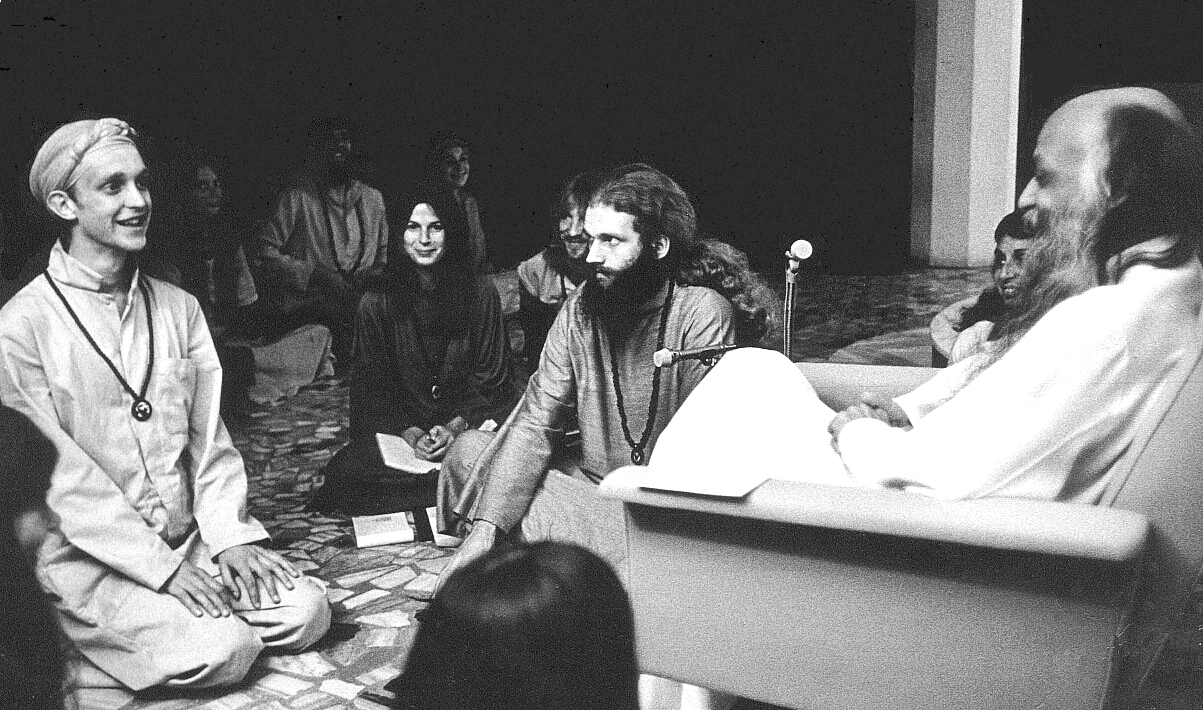













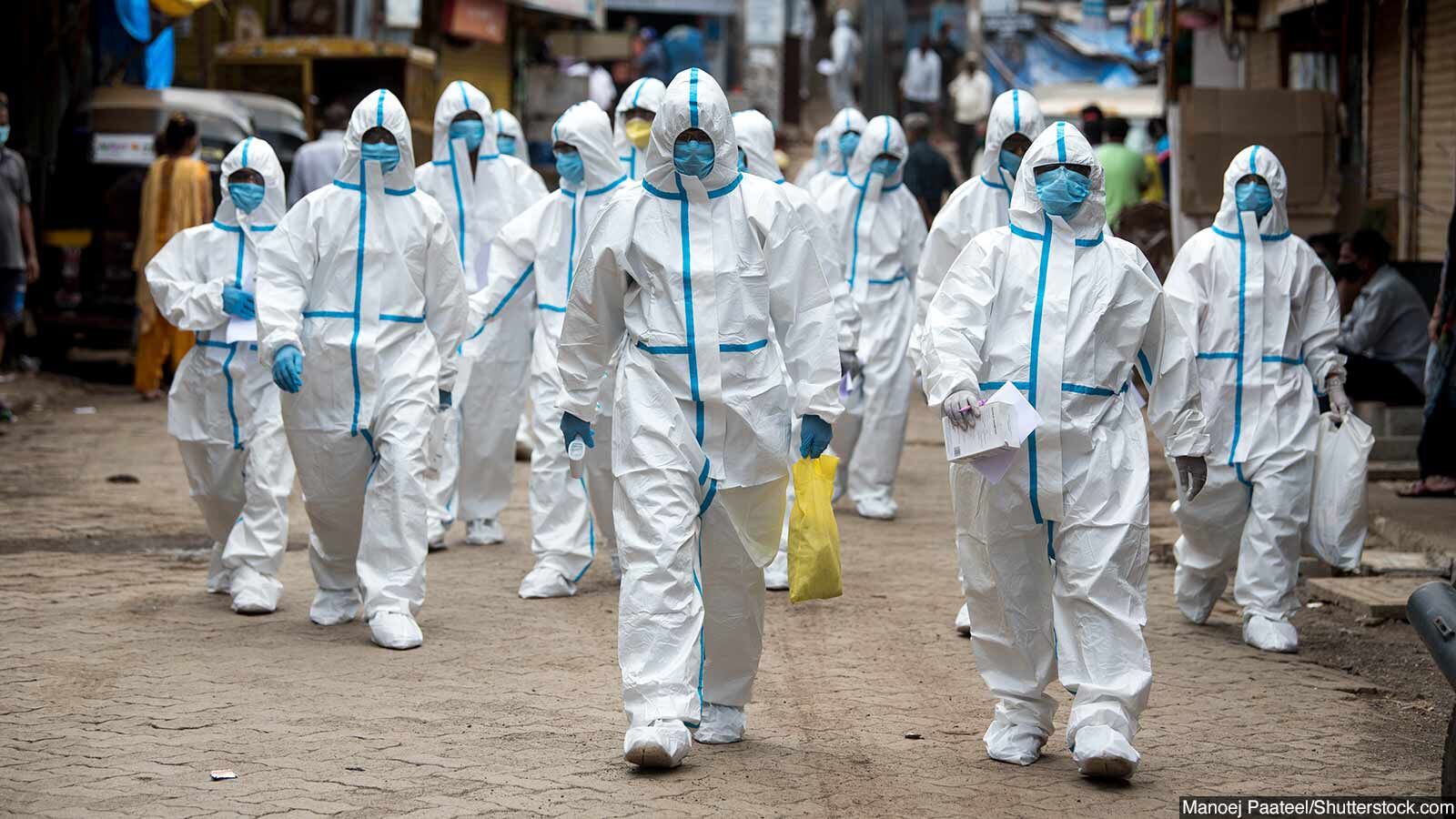

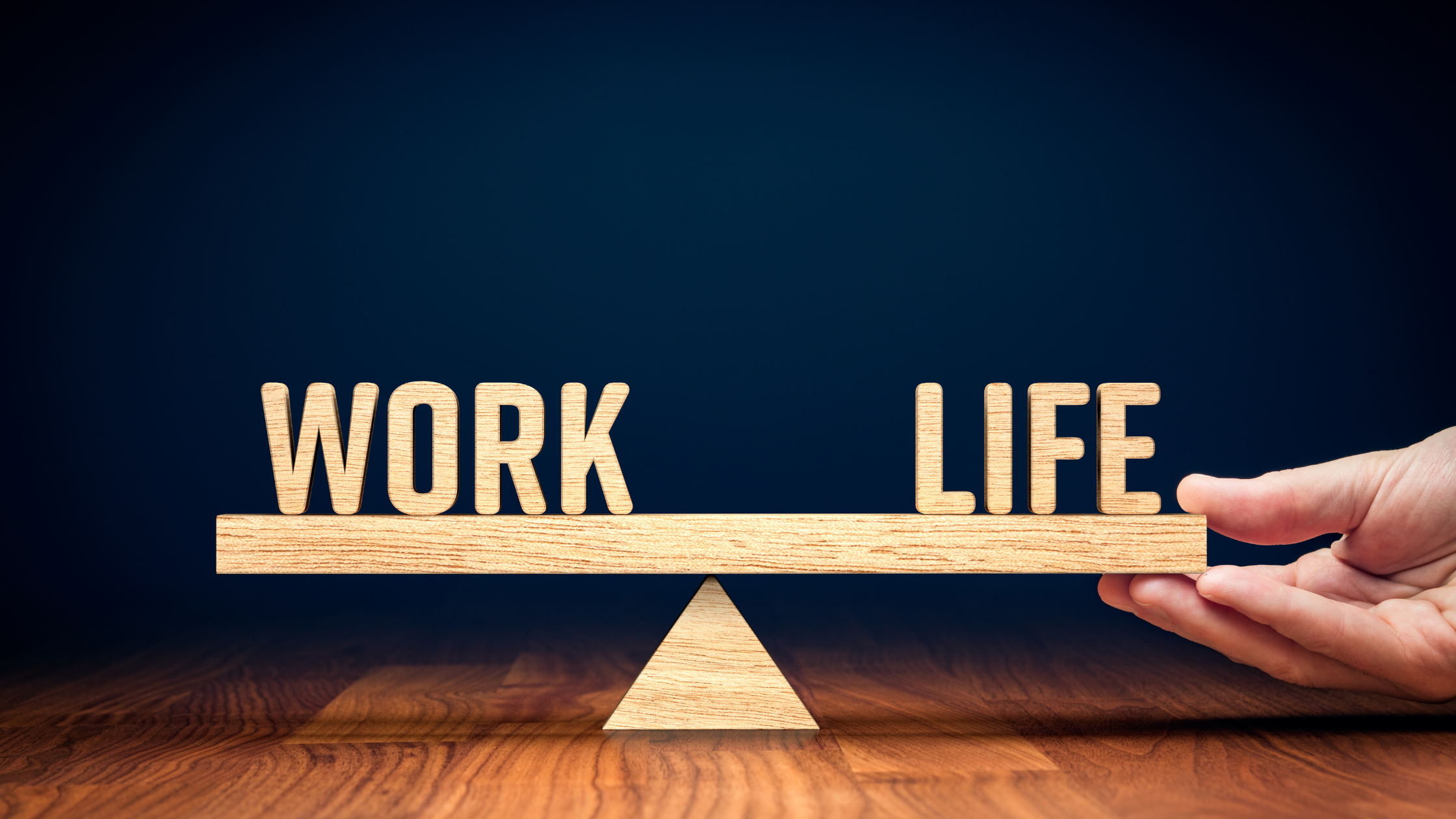

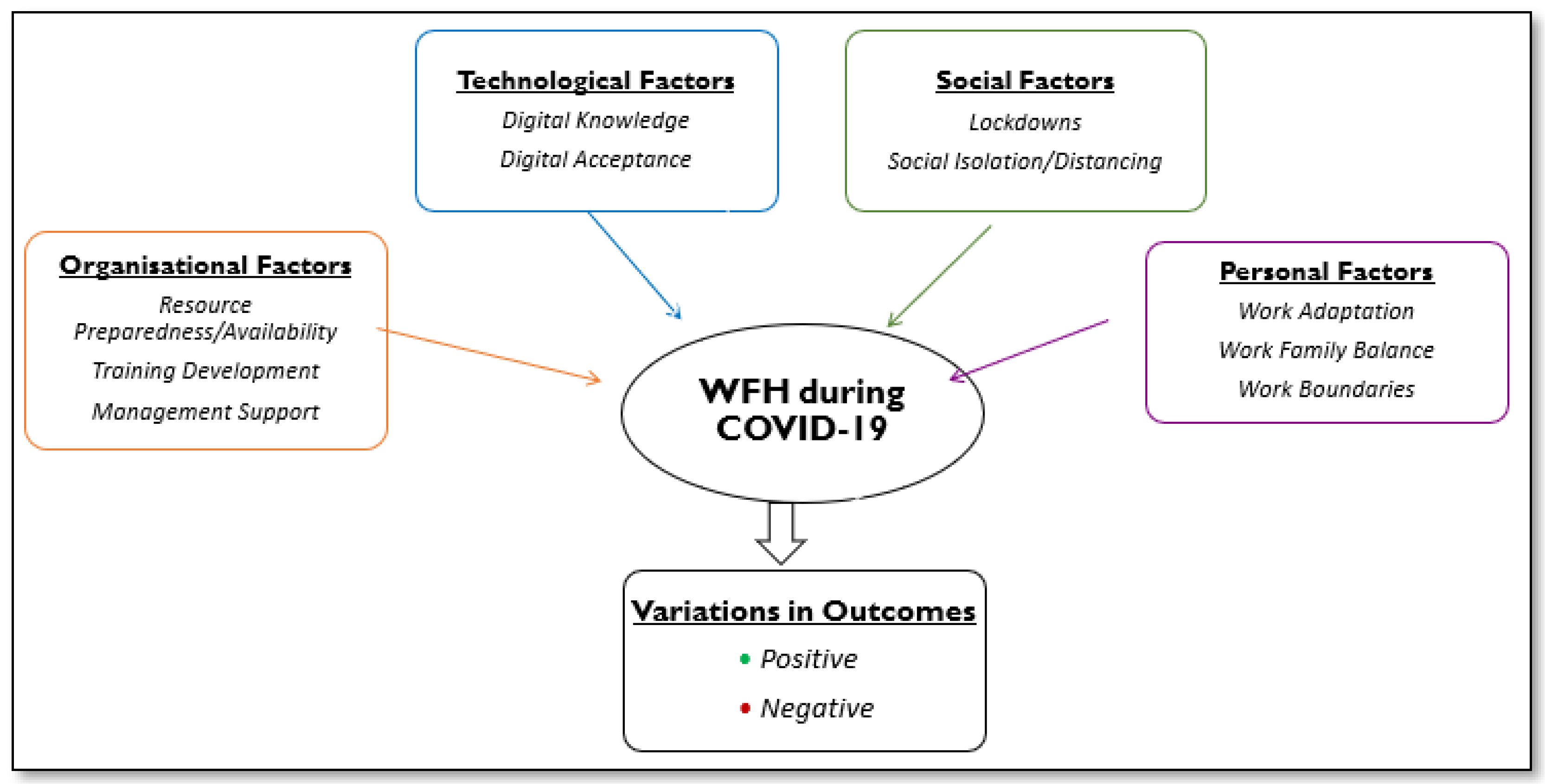


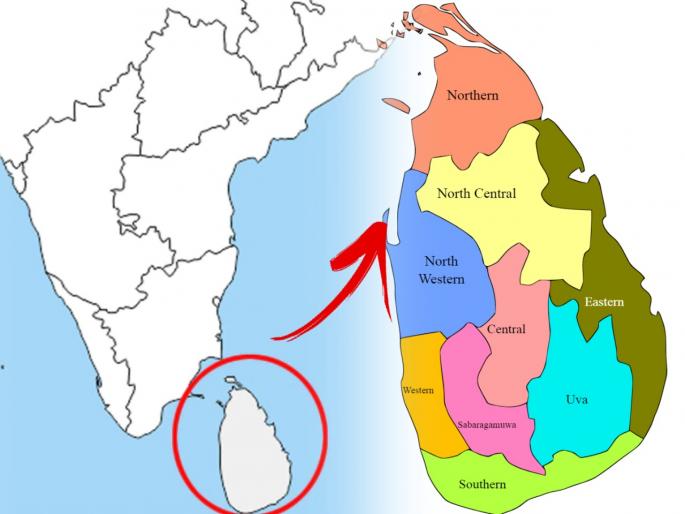


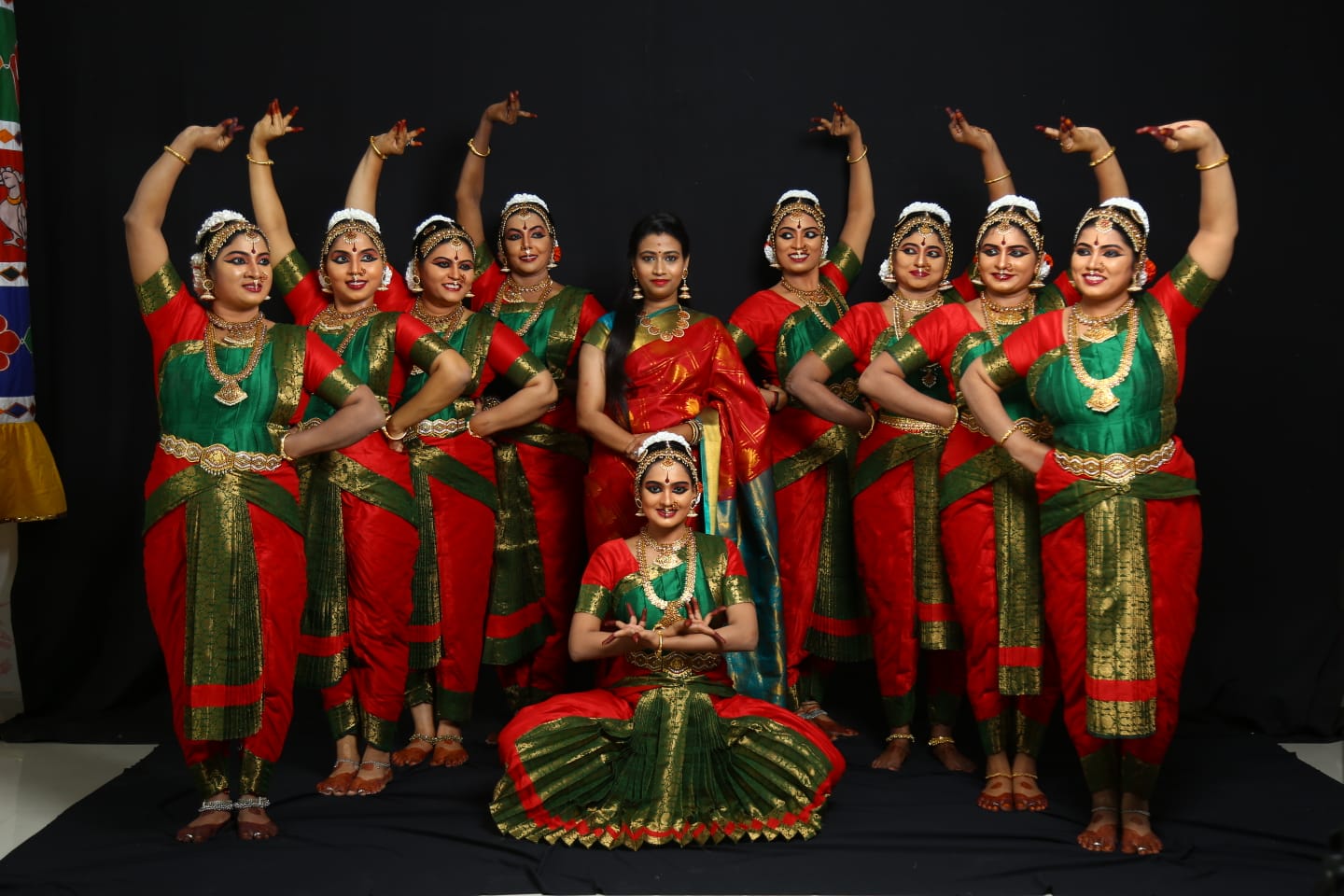

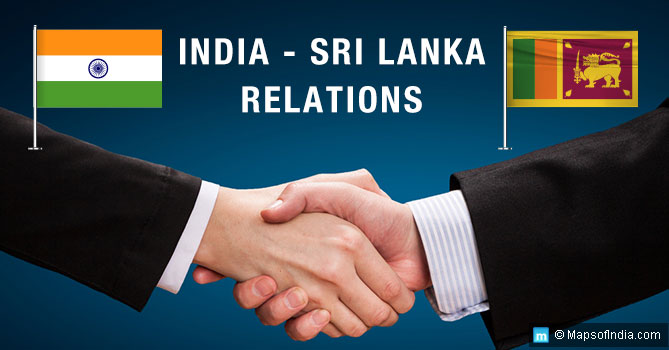

























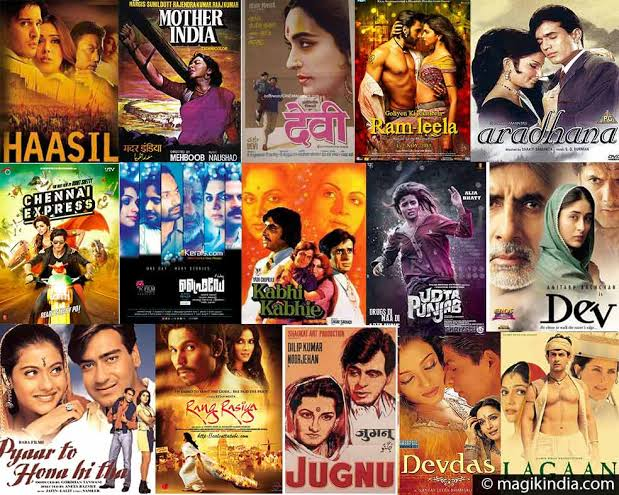









You must be logged in to post a comment.